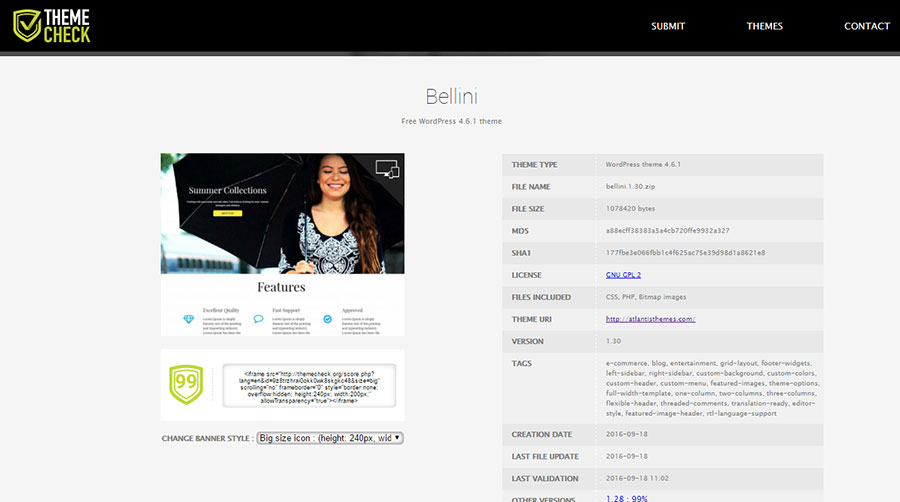A template that does not have proper SEO and cannot bring you the growth of Google input actually takes your time and money and it is useless to work on it. The template you choose should have good and proper coding to increase Google input and SEO of your site.
Analytics may help you with SEO to some extent. The analysis may be a bit complicated and may require the help of a professional in some cases. But programming the template structure of your site pages should be critical.
HTML5 semantic elements such as header, main, nav, article, section, side and footer, these elements are prominent for search engines, because they are able to identify the content on which it is focused compared to external elements that are not critical, such as the side area ( sidebar) or footer. Then use these tags.
It is also necessary to ensure that you use the heading tags (especially h1, h2 and h3) in your template optimally and correctly. You should only have one h1 tag and then use h2 and h3 tags logically throughout the content. To identify this usage, you can view the source of the page using your browser and then search for the elements.
All of these require a team that is proficient in this.
Auxiliary tools for website optimization
Your main purpose for creating a website for your business is to make it easier for potential customers to get to know you. So, choose a template that will help with this goal. Use the following tools to test. Using the following tools, you can test the demo version of the template to help search engines understand the content of your website.
| tool | what does it do? |
| Google Structured Data Testing Tool | Google tool that examines the data structure of websites |
| Yandex Structured Data Validator | Validation of Yandex semantic codes |
| Semantic inspector | Chrome extension for microdata analysis |
| MozBar | One of the best free tools for analyzing on-page elements |

